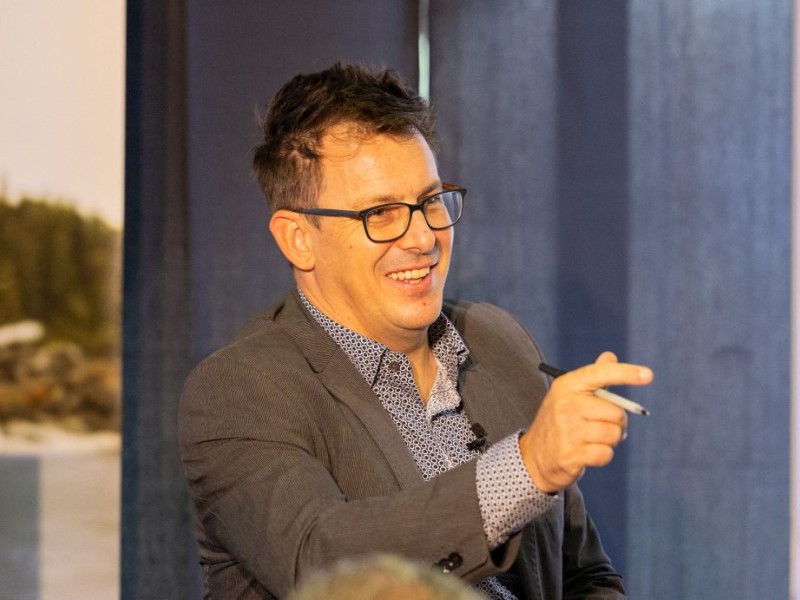Those of us working on the persistent challenge of getting more women and girls into STEM study and careers often remind people that “you can’t be what you can’t see” – making the observation that girls at school, and women making career choices, need to have visible diverse role models to demonstrate the opportunities open for them in science and technology.
But the Government’s recent STEM Equity Monitor data made it concerningly clear what invisibility looks like and our trajectory to address this.
From our classrooms to our board rooms, women are woefully under-represented. At school, fewer girls than boys are studying STEM subjects, girls have a lower interest in and less confidence in STEM subjects, and they don’t even come close to half of university STEM enrolments or completions.

And that’s hardly surprising when you consider what happens to women who do graduate from STEM subjects at university.
At both an undergraduate and postgraduate level they earn less than men in three of the four STEM fields. Overall, there is a 16 per cent pay gap between men’s and women’s salaries in STEM-qualified industries – a gap that means women are $26,420 a year worse off than their male counterparts.
In leadership roles in STEM-qualified industries the picture is equally miserable.
At senior management level women make up just 25 percent. At CEO level that number drops to 10 per cent — just one in ten. And worse, that’s a number the research tells us is going down.
It’s clear from that depressing data that there is a very long road ahead of us to get more girls and women studying STEM, and then ensuring equality of opportunity and reward once they enter the workforce.
Diversity is critical for the country’s economic success – not just the moral good. Teams that are more representative of Australian society bring varied perspectives which lead to more innovative solutions and advancements.
It’s critical for our future prosperity that the country continues to take decisive steps in tackling a stubborn challenge to make sure we’re able to draw on our full talent pool to meet our future workforce and societal needs.
But there are caveats to the miserable data of the STEM Equity Monitor.
Firstly, the picture for women in the workforce doesn’t look great outside of STEM either – across the Australian workforce women make up 37 per cent of key management personnel and only 22 per cent of CEOs. So it’s not just a science, technology, engineering and mathematics problem.
Secondly, there is a concerted effort and iron will across the sector — and strongly backed by governments — to do something about it.
The recent Pathway to Diversity in STEM report took a close look at the issue, examining programs and initiatives that are shifting the dial and making a difference, and plotting a course forward. The government is expected to give its official response to that soon.
One of the programs highlighted as a success in the report was Science & Technology Australia’s Superstars of STEM. Since 2017, Superstars of STEM has given 210 women and non-binary scientists and technologists the training and skills they need to confidently step into the media spotlight.
It’s created a huge cohort of highly visible role models, and backed that in through thousands of visits to schools from the Superstars to inspire the next generation into STEM study and careers. It’s a program that’s making a difference – and having an impact on that persistent challenge – and applications for the program are open now.
To shift that dial on that depressing data and make an impact on the real-world implications behind the figures, we need our future STEM leaders to step up and nominate themselves for Superstars of STEM. It’s an opportunity for a truly diverse workforce to be seen and inspire the next generation to see themselves working in STEM – because, after all, you can’t be what you can’t see.
Ryan Winn is the chief executive of Science & Technology Australia
Do you know more? Contact James Riley via Email.
